The Northern Lights have lit up skies across the UK and Ireland – with areas as far south as Kent being treated to bright pink and green hues.
Clear and crisp conditions, matched with the sun nearing the peak of its solar cycle, have led to astonishing displays in the night sky.
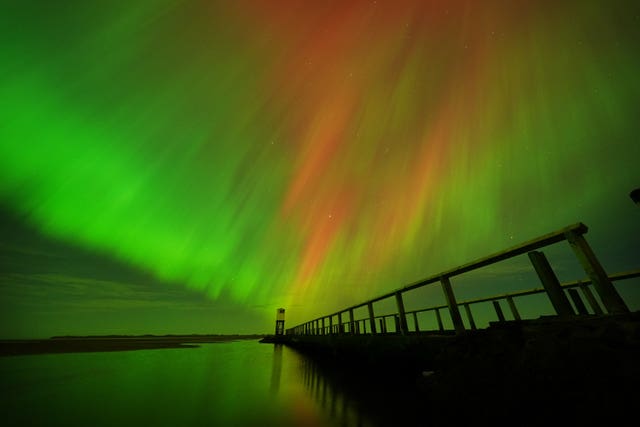
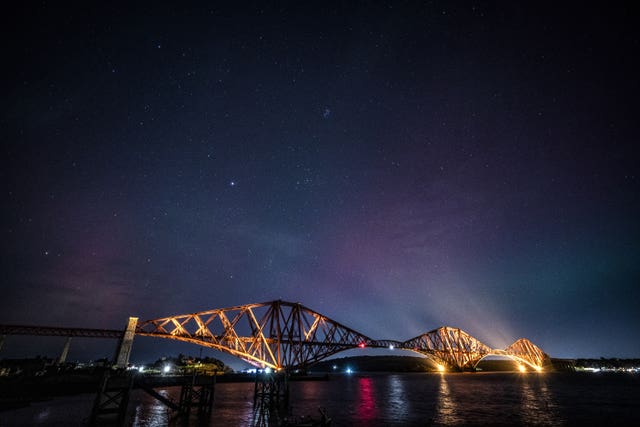
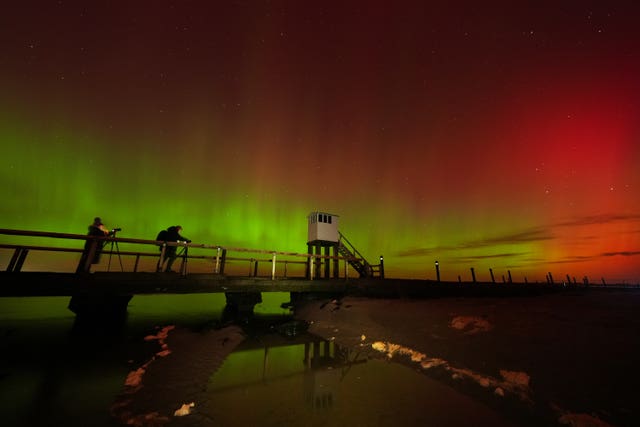
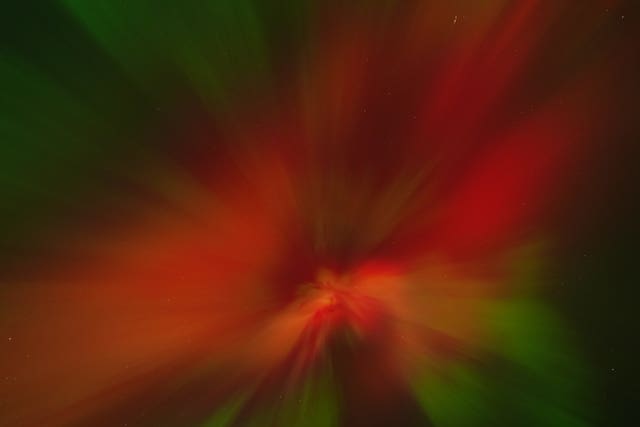
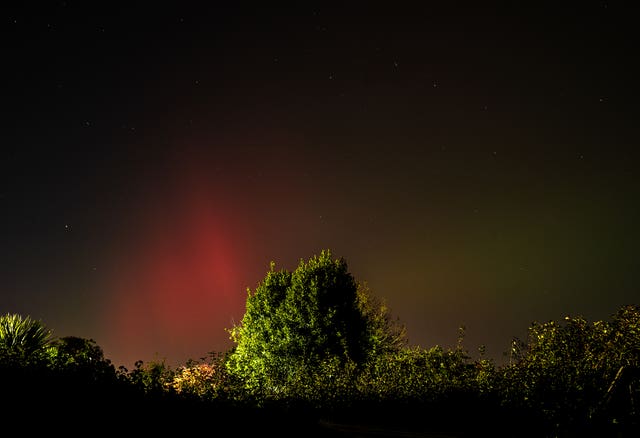
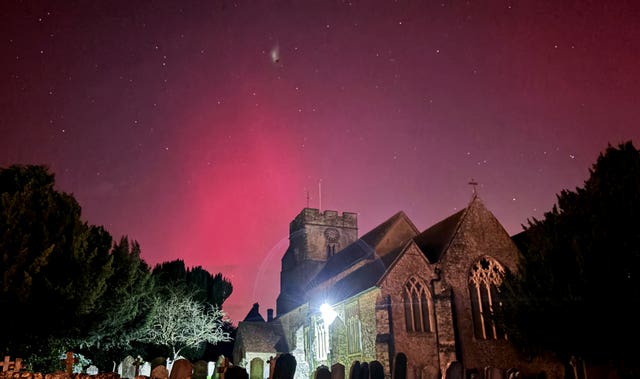
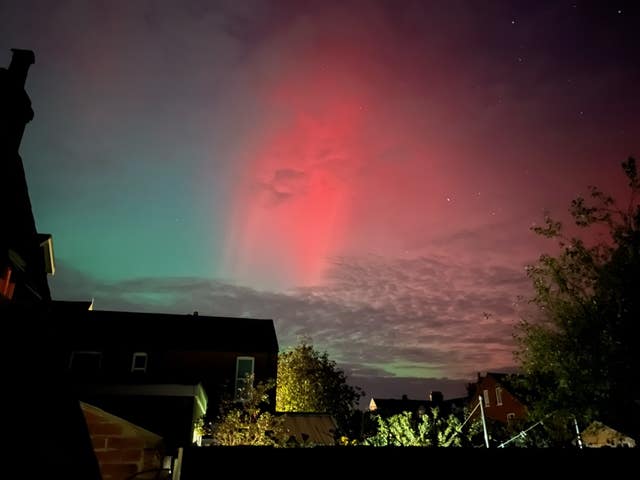
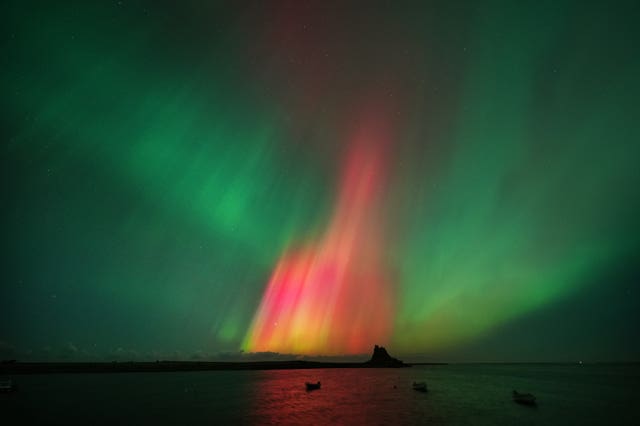
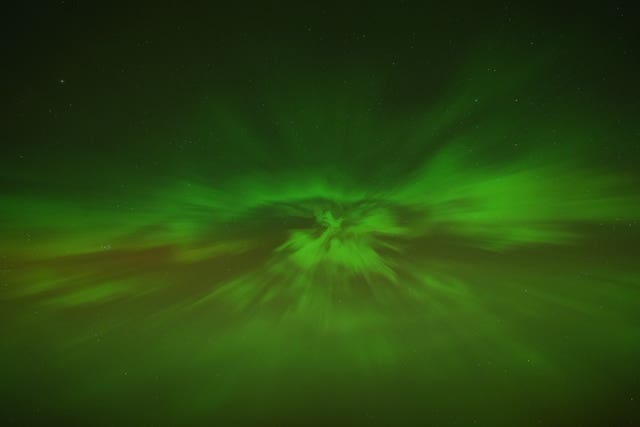
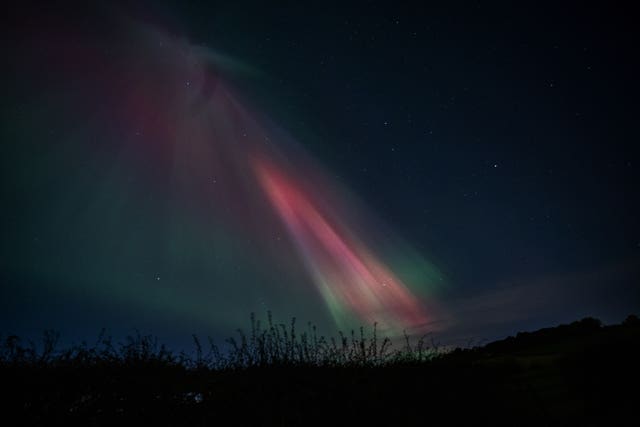




Comments: Our rules
We want our comments to be a lively and valuable part of our community - a place where readers can debate and engage with the most important local issues. The ability to comment on our stories is a privilege, not a right, however, and that privilege may be withdrawn if it is abused or misused.
Please report any comments that break our rules.
Read the rules here